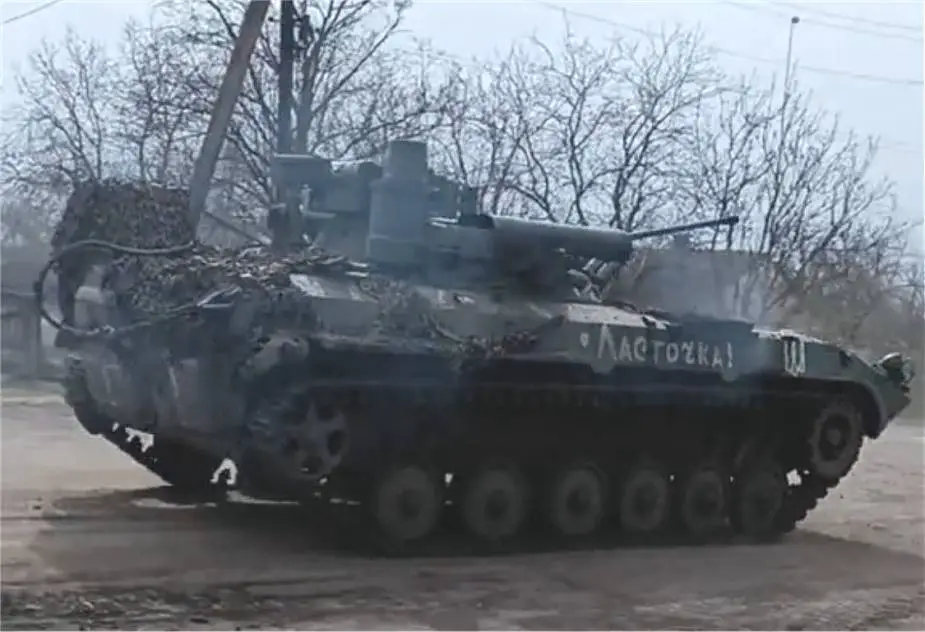Aniruddha Ghosal and Ashwini Bhatia
 Its dam-building spree in pursuit of hydropower has led to the displacement of people, deforestation and disasters in the Himalayan region.
Its dam-building spree in pursuit of hydropower has led to the displacement of people, deforestation and disasters in the Himalayan region.The pickup truck jostled away from the roaring Sutlej River and up the steep mountain path flanked by snow-capped Himalayan peaks, some nearly 7,000 meters (22,965 feet) high. The nine passengers, farmers-turned-activists campaigning to prevent more dams from being built, were traveling to the remote Kandar hamlet in India’s Kinnaur district.
The few-dozen Indigenous residents were forced to relocate after falling boulders destroyed most of their previous homes in 2005. Villagers believe tunneling for dams was to blame, although authorities deny it.
Indigenous activists like Buddha Sain Negi, 30, went there to learn more about the continued struggles faced by Kandar. Sitting atop a steep slope overlooking a 19-year-old dam, the activists heard residents speak of ways India’s hydroelectric push had upended their lives and led to nearly two decades of protest. Some families took shelter in sheds, and more lives were lost because of falling boulders . They got compensation to build new homes, although it wasn’t enough to mend livelihoods.
For villagers like Raj Kumari, 48, the fear of that night remains. The farmer said her husband was out when the boulders began rolling down. “My daughter said that we’ll get left behind and die, and only her father would survive,” she said.

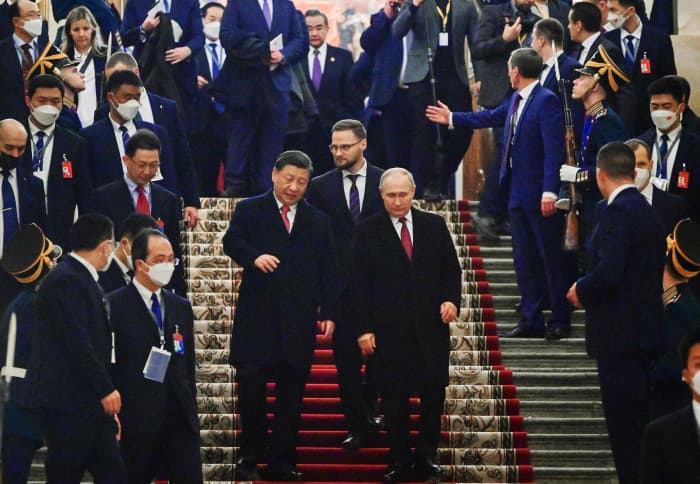

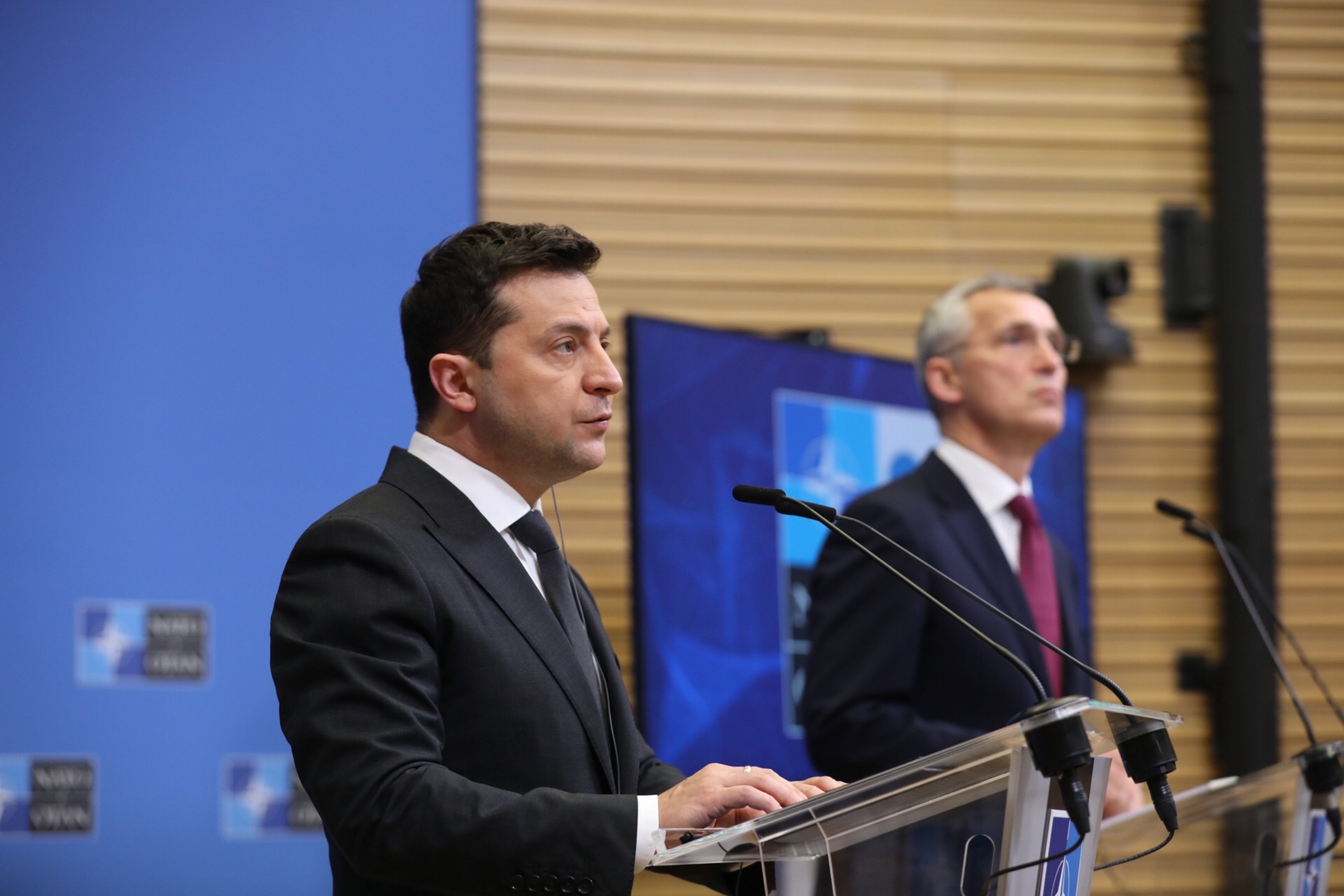
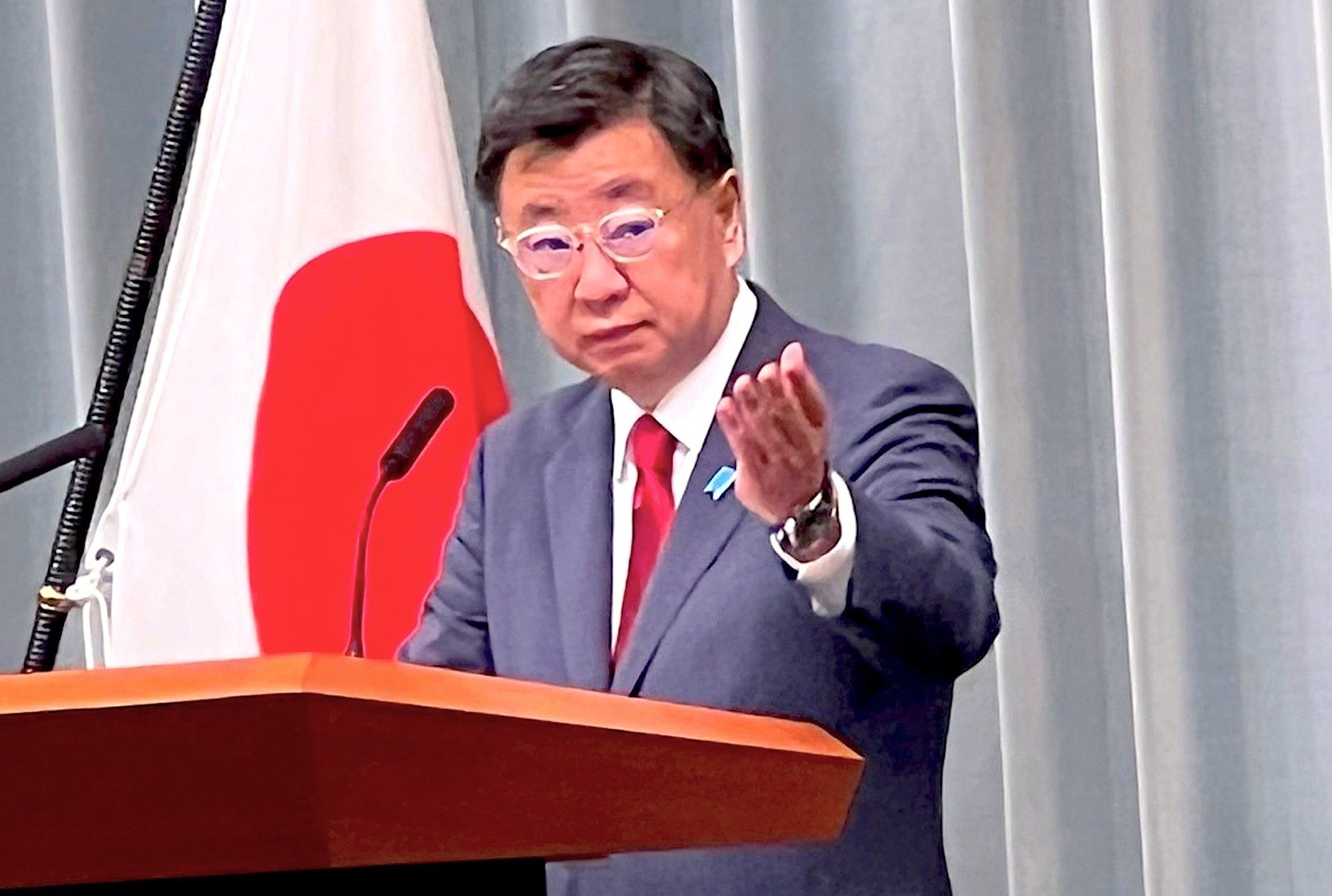


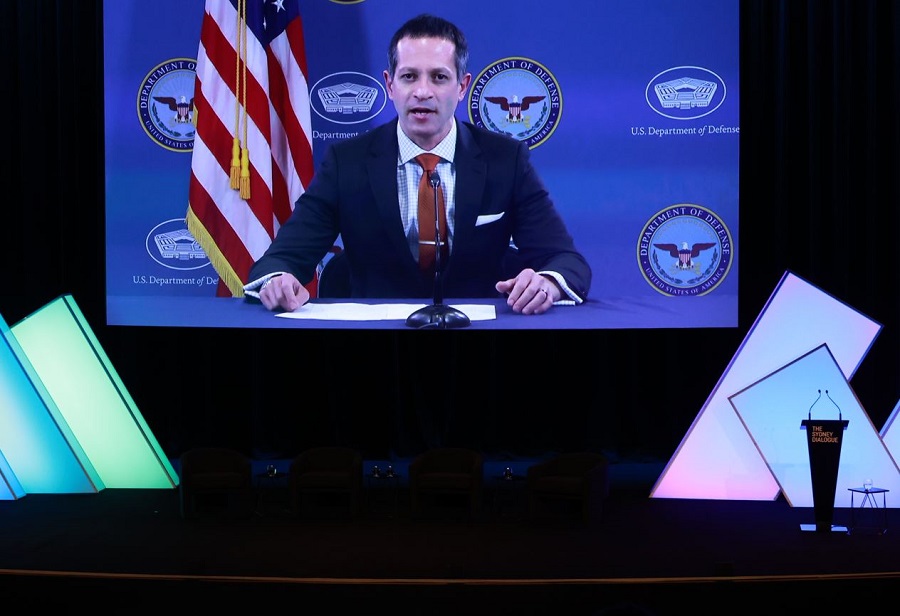
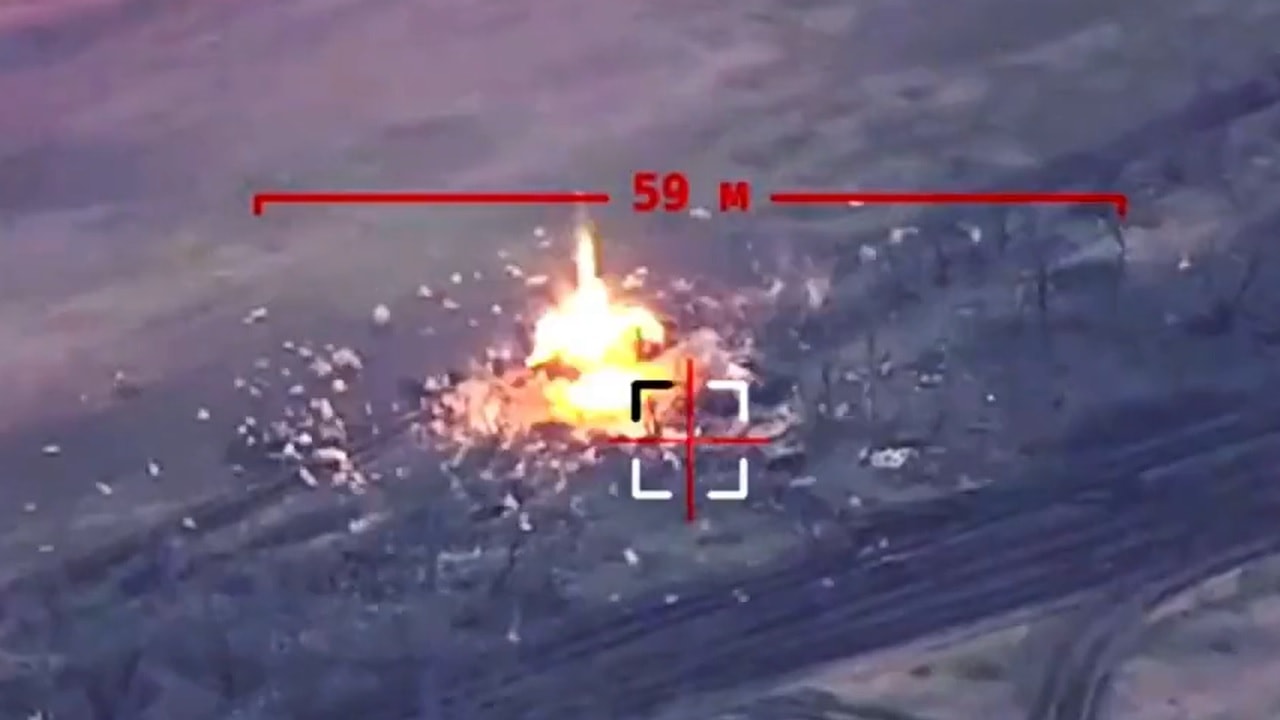


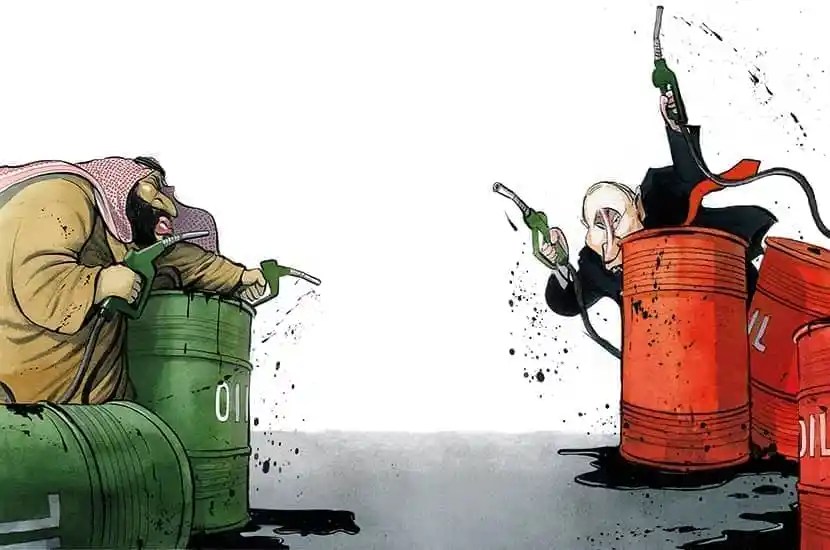


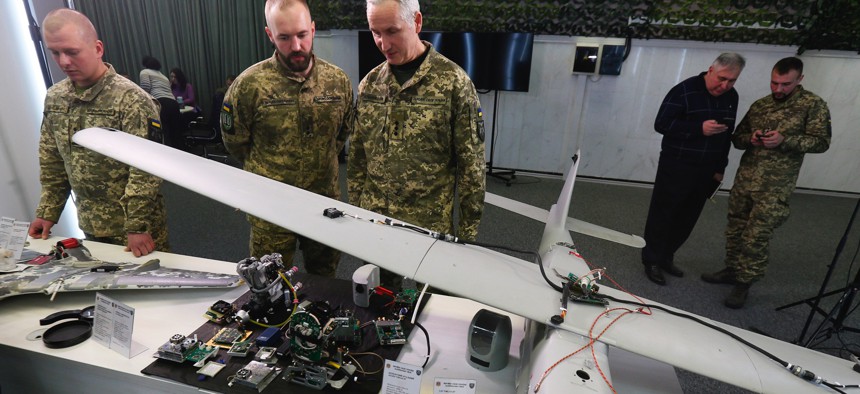


:quality(70)/cloudfront-us-east-1.images.arcpublishing.com/archetype/Z2FCG55GH5BETEBZQOZ6YDZAFA.jpg)


